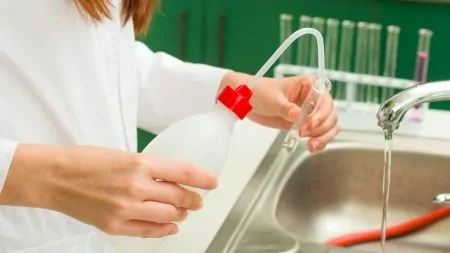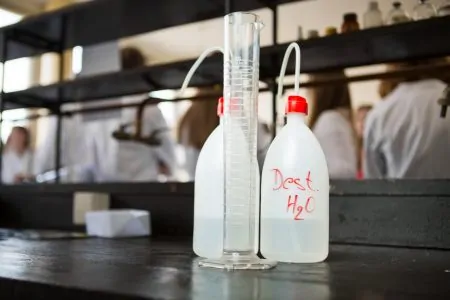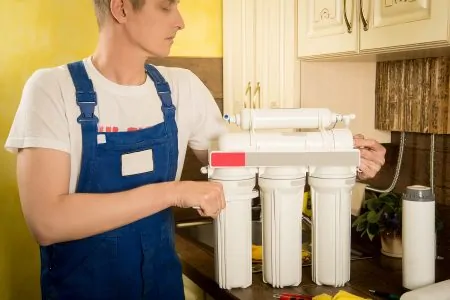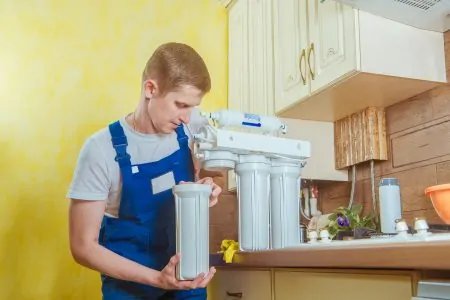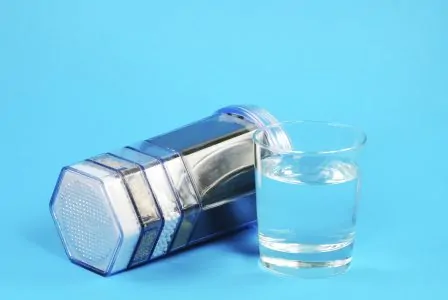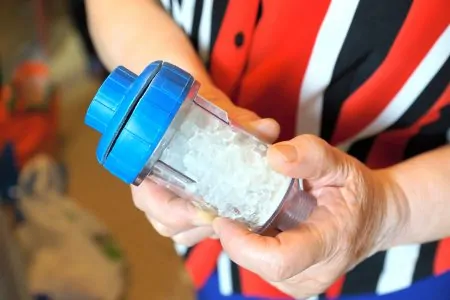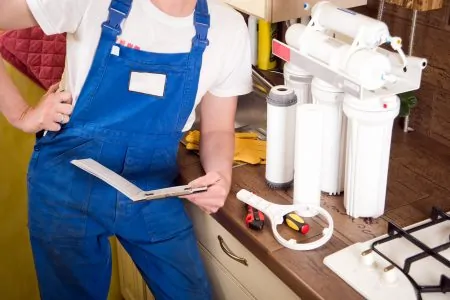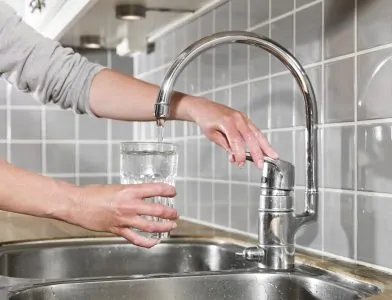Around the world, more people have easy access to safe drinking water than ever before. However, this has only happened relatively recently and, for thousands of years, the majority of people were forced to drink dirty water.
Throughout history, there have been countless attempts to make water safe, with varying levels of success. It would be impossible to describe them all in one article, but some filtration methods stand out as being highly innovative or simply very effective.
In this article, we will take a journey through the history of water purification, beginning thousands of years ago. Then, we will take a closer look at ten of the most unique and inventive methods of purifying water.
Key Takeaways
- Water purification removes harmful contaminants from water, making it safe to drink.
- Historical methods included heating water and filtering it through sand and gravel to reduce impurities.
- Modern advancements have led to innovative purification systems such as LifeStraw, Watercone, and SlingShot.
- Ensuring access to clean, safe water is crucial for preventing the spread of disease and protecting global health.
What Is Water Purification and How Does It Work?
Water purification is the process of removing harmful contaminants and other materials from water. There are many ways to accomplish this, including chemical processing and physical filters. For the most effective purification, many systems use a combination of methods.
Most developed regions have municipal water sources. This water passes through large-scale treatment plants to ensure it meets the country’s safety standards. It is considered safe to drink and is frequently tested to ensure there are no harmful contaminants.
Even in developed countries, not everyone has access to municipal water. In rural areas, people might take their water from a well instead. If this applies to you, you will need to treat your well directly or filter the water as it enters your home, before it reaches your outlets and appliances. This will prevent giardia, E. coli, heavy metals, and other contaminants from damaging your plumbing or being consumed.
The History of Water Purification
Today, you can buy a highly effective and inexpensive water purifier from your local hardware store. With this kind of convenience, it’s easy to forget how difficult it once was to acquire clean water.
Before we explore modern water purification inventions, let’s look at a brief history of water purification throughout the ages.
Early Purification
Modern water purification is constantly evolving, with technological advancements that continue to make it easier to purify water. However, people have been purifying drinking water for thousands of years.
As far back as 2000 B.C., written evidence suggests that treating drinking water was recommended and widely practiced by some cultures. People were aware that it was possible to make water cleaner by heating it. They were also proficient at filtering sediment, utilizing both sand and gravel to reduce impurities.
Today, we are well aware of the importance of purifying water to make it safer. During ancient times, however, people were unaware of microscopic organisms and their power to cause illness. Their primary motivation for filtering water was simply to make it taste better.
Early Chemical Treatments
Around 1500 B.C., coagulation was first used (1). This process helped remove solid particles from the water and was discovered and implemented by the Ancient Egyptians. Archeologists have even found artwork depicting the process on the tomb walls of Ramses II and Amenophis II.
With physical and chemical filtering established, water purification became more sophisticated and effective. By 500 B.C., Hippocrates had discovered how important water was to the human body, for both overall health and recovery from injury and illness. During this period, he invented the Hippocratic sleeve, the first bag filter (2).
Large Scale Water Systems
As the scientific understanding of cleaning water developed, there was an increased emphasis on ensuring access to safe drinking water. Between 300 and 200 B.C., Rome began building its aqueducts. Around the same time, Archimedes also invented the water screw.
The inventions of Hippocrates and Archimedes would have a significant influence on water consumption as we know it today.
Aqueducts
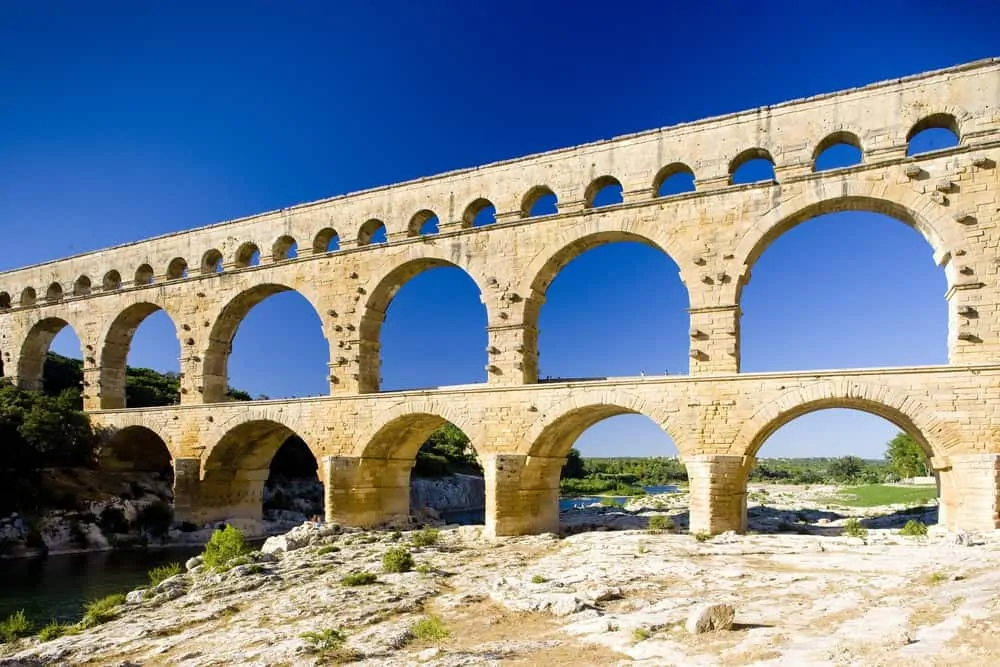
Aqueducts are usually associated with the Ancient Romans. Their mastery of the arch allowed them to build mighty structures that are still standing thousands of years later. Before they became popular tourist attractions, aqueducts were part of an ingenious system that moved water from place to place (3).
Although the Romans perfected the aqueduct, the first structures were built centuries earlier, circa 700 B.C. by the Assyrians. The earliest example was almost 33 feet high and nearly 1,000 feet long. It channeled water 50 miles through the Nineveh valley (4).
The Romans gave aqueducts their name, combining words meaning “to lead” and “water.” Roman aqueduct infrastructure is extensive, covering almost 250 miles across 11 aqueducts. The entire system took about 500 years to build.
Modern technology has improved on those early aqueduct systems, but many aspects of ancient aqueducts and plumbing systems are still used today.
Archimedes’ Screw
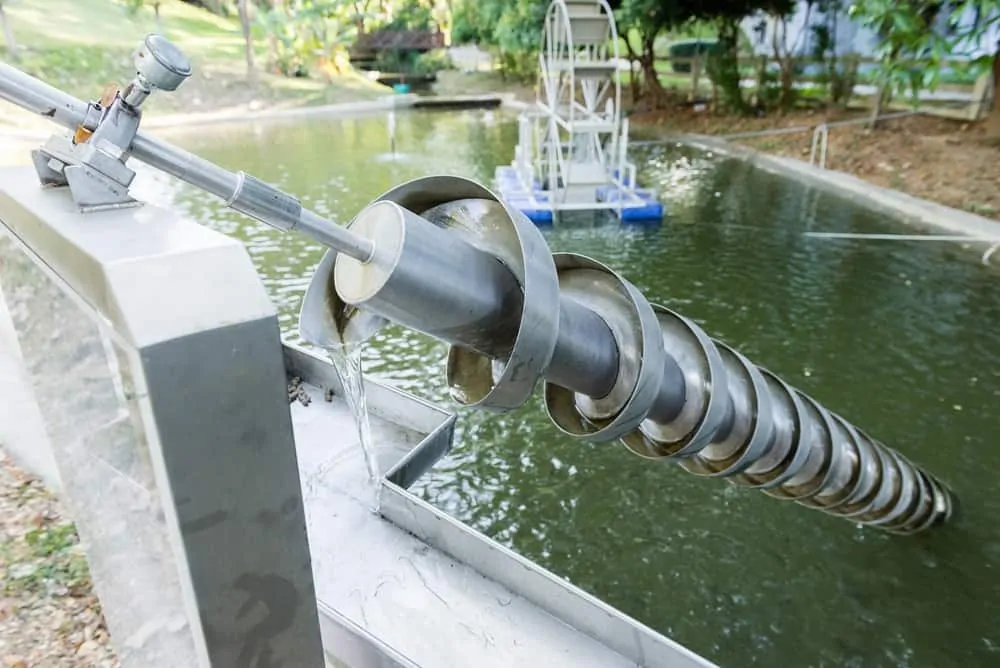
Early aqueducts relied on gravity to transport water. During the same period that the Romans were constructing their aqueducts, Archimedes was developing inventions of his own. One of these innovations, the water screw, was designed to move water to a higher elevation.
Modern water screws look different but the theory behind them is the same as that used by Archimedes. You can see the same concept applied to many modern industrial pumps.
The Dark Ages and Beyond
Despite these early advancements in water transportation, during the Dark Ages (500–1500 A.D.), new water filter ideas largely stalled. This was a period of little scientific growth. As such, the next major step in water purification systems didn’t occur until the 1600s.
This is when experiments with desalination began, undertaken by Sir Francis Bacon in 1627 (5). These early experiments focused on seaweed and the ability to remove salt particles via sand filtration. While these attempts were unsophisticated and unsuccessful, they set the stage for later water purification breakthroughs.
By 1676, there were microscopes powerful enough to study microorganisms in water. Soon after, in 1700, people first used crude filters made of wool, charcoal, and sponge.
The Victorian Age
In Scotland in 1804, the first water treatment plant designed to provide a city with clean water was built (6). Although this plant produced large quantities of treated water, there was no plumbing system to transport the water to the people. Instead, it was delivered via horse and cart. Three years after the treatment plant was constructed, the first pipes were connected to it.
Half a century later, in 1854, it was discovered that cholera was transmitted via contaminated water (7). Although the water appeared, smelled, and tasted fine, it was very unsafe to drink. This helped people understand that there was far more to safe water than its appearance, odor, and taste.
Once the source of the contamination was discovered, the water was treated with chlorine, one of the earliest examples of disinfecting water. By the late 1800s, large sand filters were providing safe drinking water, blazing a trail for modern water purifiers.
The Twentieth Century
Progress continued into the new century and, in 1903, the first water softener was created. A decade later, in 1914, the first drinking water standards were established (8). By 1940, those standards extended to municipal water sources.
In 1972, the Clean Water Act was passed, followed in 1974 by the Safe Drinking Water Act (9). The debut of reverse osmosis in the 1980s gave us one of the most effective ways to make drinking water healthier for the public. With a deeper understanding of water purification, scientists and engineers have been able to continue advancing and refining the process.
Modern Water Purification Inventions
Now that you know a little more about the long history of water purification, it’s time to explore some of the most effective and innovative modern water systems. Our ability to purify water is constantly improving, thanks to the hard work of diligent, creative scientists and designers.
1. LifeStraw
The LifeStraw is designed to ensure you can access safe drinking water, wherever you go. There is no need for bulky equipment because a single drinking straw filters water as it is drawn through it. They are available made of steel or plastic and allow you to drink directly from a natural water source without worrying about contaminants.
Available in multiple styles, these products use their hollow fiber membrane to trap contaminants. Water passes through easily but sediment and contaminants are left behind. Some LifeStraw models even provide multi-stage filtration.
2. The Watercone
Intended to provide everyone with affordable access to safe water, this purifier can be used anywhere. It is self-supporting and can be stacked with other units. Solar-powered, it is an excellent option for areas without access to electricity.
This purifier is straightforward to use. Simply place your unfiltered water in the bottom of the black pan and then place the clear cone on top. The black tray attracts heat and encourages evaporation. Condensation forms on the inside of the cone, then it drips down into a special collection area that is separate from the base.
It is easy to transfer the water once it has been filtered. Simply turn the cone lid upside down and unscrew the top to allow easy transfer to a drinking glass.
3. The Cycloclean
Powered by a bicycle, this product purifies water as you pedal. It is ideal for remote areas or during an emergency when you have limited access to safe water or electricity. No specialized knowledge or skills are required to operate the cycloclean — it is literally as easy as riding a bike.
Another perk of this unit is that it is capable of processing a large amount of water in a short period. In just one hour, the Cycloclean can provide 150 people with safe drinking water. Four filters are used to ensure the water is of the highest quality.
4. LifeSack
LifeSack is capable of purifying water almost anywhere in the world. You simply fill it with water and the purifier goes to work. You can wear it for simple transportation and, while you are wearing it, exposure to sunlight helps to disinfect the water.
As the UV light purifies the water, there are also filters built into the sack. These filter out harmful microorganisms, sediment, and debris. The two types of filtering combine to leave you with safe, fresh-tasting water, regardless of remote your location is.
5. Hippo Water Roller Project
Around the world, people are forced to spend a terrible amount of time retrieving water and transporting it to their homes. This is frequently achieved by balancing large containers on their heads, carrying heavy buckets across their shoulders, or holding full containers in their hands.
The Hippo Water Roller is an ingenious concept that makes it much easier to transport water. It is also suitable for agricultural purposes, with an irrigation system built into the unit. You simply fill the container with water, then roll it easily to its destination.
This is a brilliant way to transport clean water from a distant location to wherever it is needed. If it is impossible to access clean water even at a distance, the Hippo Water Roller has also been equipped with water filtering capabilities (10).
6. The SlingShot
The man behind the Segway scooter invented this revolutionary product that is capable of producing 30 gallons of safe drinking water every hour. Even more impressive, it is able to do that using the amount of energy as a handheld hair dryer.
Using the power of distillation, the SlingShot brings water to its boiling point to remove impurities. Although distillation isn’t a new technique, the ability to achieve the process using limited energy is. By utilizing a closed-loop energy system, this machine can provide high-quality distilled water without using much energy.
The SlingShot is capable of providing 1,000 liters of drinkable water in a single day. The high capacity and low purchase and operational costs make it a viable solution for many regions experiencing a water crisis.
7. Hydrologic Ceramic Water Filters
As a silver-impregnated ceramic water purifier, this product can remove 99.9% of water impurities. It is manufactured in Cambodia using local resources, contributing to the local economy while providing greater access to clean water. This is a standard modern water filter that utilizes gravity to provide between 1 and 3 liters of processed water per hour.
Designed for specific filtration units, the silver helps kill any bacteria in your water. Each unit is designed to hold 12 liters of water, and more can be added before the compartment is completely empty. A secure top prevents the water from being recontaminated by airborne bacteria.
8. LUV Water Bottle
Shaped like a standard water bottle, this filter bottle is easy to carry and use anywhere. Its built-in LED UV lights provide UV filtration and eradicate bacteria, viruses, and other contaminants in your water. The attached external chamber converts energy from the water to power for the UV lights, making this a fully contained system.
Available at an affordable price, this product can bring safe drinking water to practically anyone, almost anywhere.
9. Direct Contact Membrane Desalination
Capable of producing 21 gallons of clean water per day, this system provides efficient processing of ocean water. It is able to extract twice as much drinkable water from seawater compared to traditional desalination methods.
This process requires continuous access to heat to be effective. A plastic membrane filled with small tubes transfers the water. The water vapor rises and leaves the salt behind, providing you with drinkable water.
Although traditional desalination methods are expensive and require intricate systems, this product could change the landscape of the industry. With this technology, cheaper, more efficient desalination should soon be available to far more people.
10. Herbal Defluoridation
A recent discovery placed herbs front and center in the pursuit of safe drinking water. Research has found that a long-used Indian herb is capable of removing fluoride from water.
Although fluoride occurs naturally in water and can be used as an additive, too much of it is harmful. Drinking water with high levels of fluoride can cause damage to the brain and thyroid, particularly in young children (11).
Using herbs that are easy and inexpensive to grow could make providing safe drinking water cheaper and easier than ever before.
Fluoride Isn’t All Bad
FAQs
The Future of Water
It is easy to think that we know all there is to know about filtering and purifying water but that is far from the truth. Purifying technology is better than ever before but scientists and designers are constantly devising innovative water treatment technologies to ensure more people have access to clean, safe water.
Water purification is about far more than making your water taste and smell better. It is also about preventing the spread of disease and protecting the overall health of people around the world. As water purification equipment continues to become cheaper and easier to produce, we hope that one day, no person will be forced to go without clean water.
